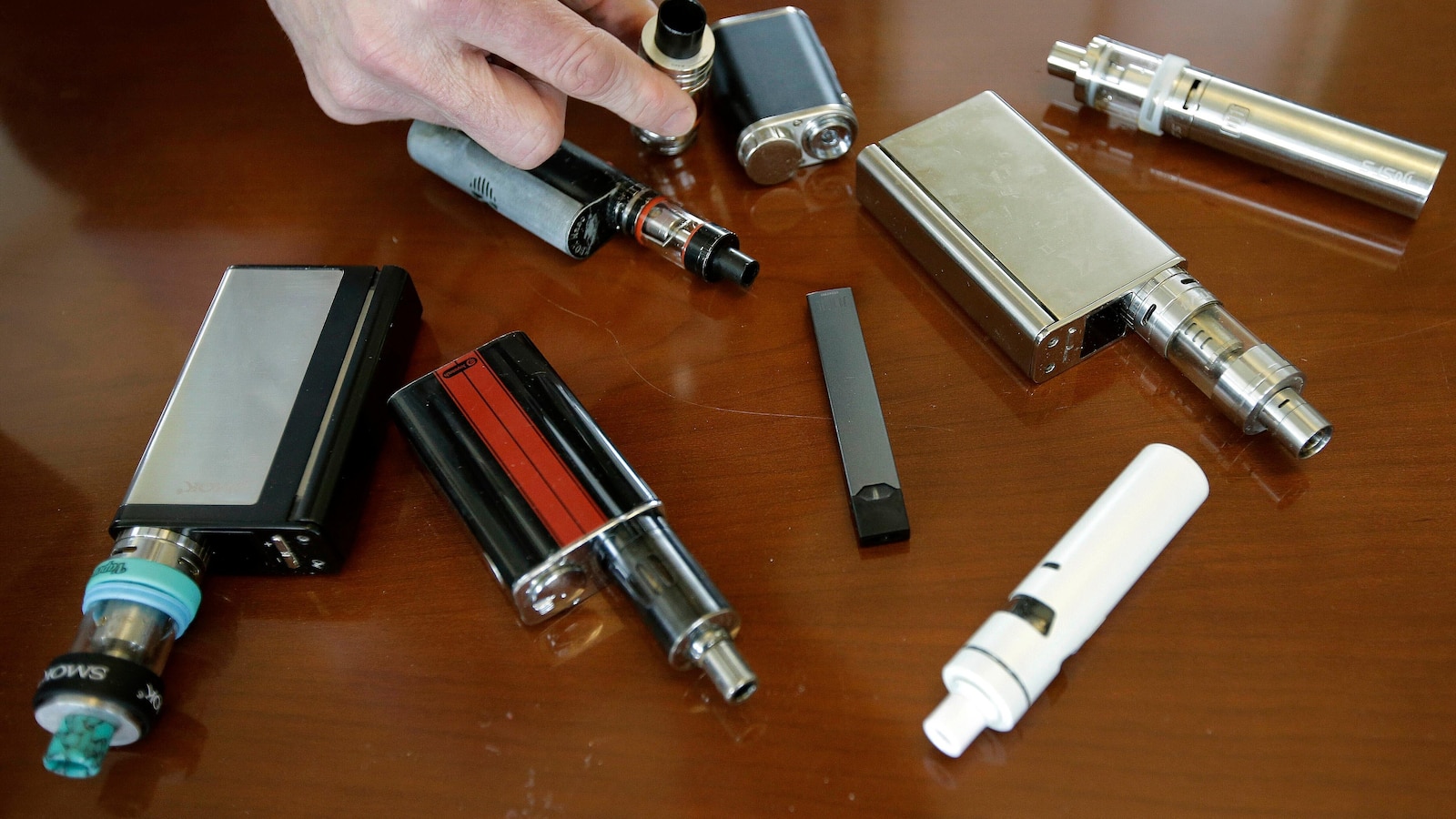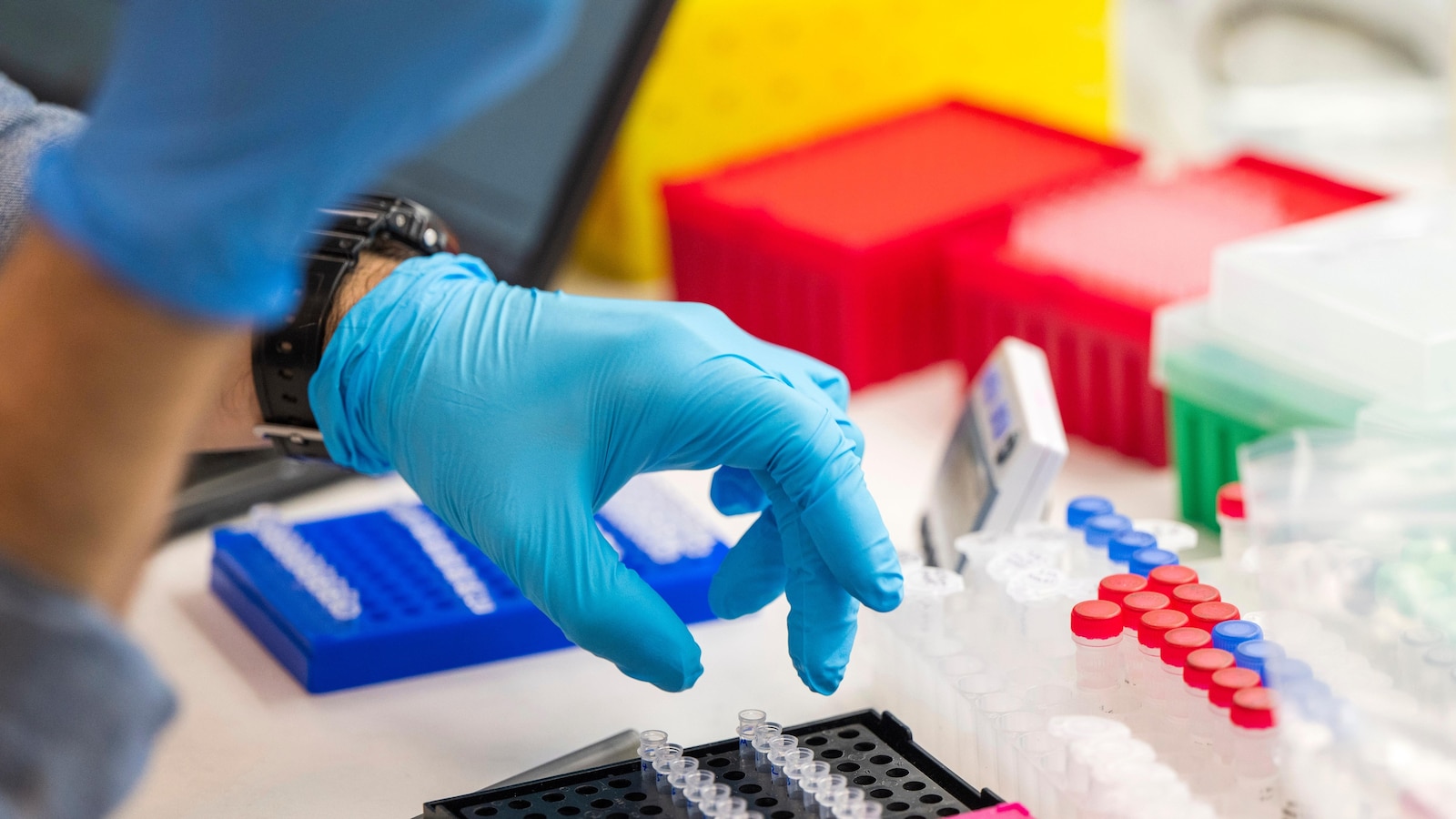In recent years, the rise of vaping among teenagers has become a growing concern for schools across the country. To combat this issue, many educational institutions have turned to surveillance methods to detect students engaging in vaping. This article aims to shed light on how schools employ surveillance techniques to address this problem and the potential impact it may have on students’ privacy.
Vaping, the act of inhaling and exhaling vapor produced by an electronic cigarette or similar device, has gained popularity among teenagers due to its discreet nature and enticing flavors. However, the health risks associated with vaping, including addiction to nicotine and potential lung damage, have prompted schools to take action.
One of the most common surveillance methods employed by schools is the use of security cameras. These cameras are strategically placed in hallways, bathrooms, and other areas where students may be more likely to engage in vaping. The footage captured by these cameras is monitored by school administrators or security personnel, allowing them to identify and address instances of vaping promptly.
Additionally, some schools have implemented vape detectors, which are devices specifically designed to detect the presence of vapor or chemicals associated with vaping. These detectors can be installed in bathrooms or other areas prone to vaping incidents. When a vape detector senses the presence of vapor, it sends an alert to school administrators, enabling them to intervene and address the situation.
Another surveillance method employed by schools is the use of social media monitoring tools. These tools scan social media platforms for keywords related to vaping or posts that may indicate students engaging in this behavior. By monitoring students’ online activities, schools can gain insights into their behavior outside of school hours and take appropriate actions if necessary.
While the intention behind employing surveillance techniques is to create a safe and healthy environment for students, concerns regarding privacy have been raised. Critics argue that these surveillance methods infringe upon students’ rights and invade their privacy. They argue that students should have a reasonable expectation of privacy while at school and that constant monitoring may create an atmosphere of distrust and anxiety.
To address these concerns, schools must strike a balance between ensuring student safety and respecting their privacy. It is crucial for schools to establish clear policies regarding surveillance methods, outlining the purpose, scope, and limitations of these techniques. Students and parents should be informed about the surveillance measures in place and their rights regarding privacy.
Furthermore, schools should prioritize education and prevention alongside surveillance. By implementing comprehensive programs that educate students about the dangers of vaping and providing resources for quitting, schools can tackle the root cause of the issue rather than solely relying on surveillance methods.
In conclusion, the rise of vaping among students has prompted schools to employ surveillance techniques to detect and address this behavior. Security cameras, vape detectors, and social media monitoring tools are some of the methods used to identify instances of vaping. However, it is essential for schools to balance the need for student safety with respect for their privacy. By establishing clear policies, prioritizing education, and involving students and parents in the decision-making process, schools can effectively address the issue of vaping while maintaining a respectful and supportive environment for their students.



